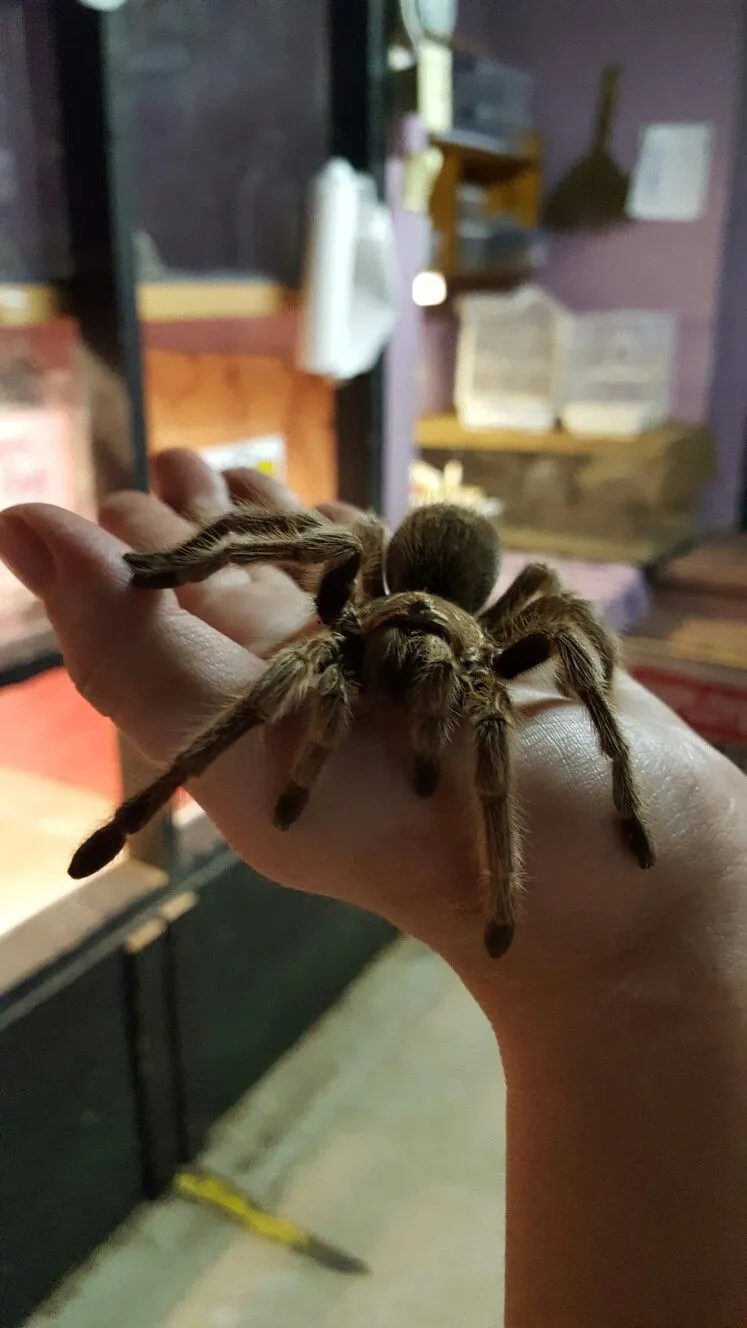Understanding Rose Hair Tarantula’s Temperature Needs
Caring for a Rose Hair Tarantula, like any pet, demands an understanding of their specific needs, and temperature is a critical factor. These arachnids are ectothermic, meaning they rely on external sources to regulate their body temperature. Their activity level, appetite, and overall health are directly influenced by the temperature of their environment. Providing the correct temperature range is not just about comfort; it’s essential for their survival and well-being. A properly heated enclosure mimics their natural habitat, allowing them to thrive. This guide will delve into the specifics of Rose Hair Tarantula temperature requirements, ensuring you can provide the optimal conditions for your pet to flourish. Understanding the importance of temperature control is the first step toward responsible tarantula ownership.
Optimal Temperature Range for Rose Hair Tarantulas
The ideal temperature range for a Rose Hair Tarantula is generally between 75°F and 85°F (24°C to 29°C). This range allows the tarantula to maintain a healthy metabolism and function properly. While they can tolerate slight fluctuations, it’s crucial to keep the temperature within this range as consistently as possible. Maintaining a stable temperature prevents stress and ensures your tarantula remains active and feeds regularly. It’s also important to consider that the temperature can vary slightly depending on the time of day and the specific needs of your tarantula. However, the goal is to keep the environment within the recommended parameters.
Impact of Temperature on Rose Hair Tarantula Health

Temperature plays a significant role in the overall health of a Rose Hair Tarantula. When the temperature is not within the ideal range, it can lead to various health issues. Understanding these impacts is essential for proactive care. Providing a suitable temperature environment enables the tarantula to digest food correctly, molt successfully, and exhibit normal behaviors. Both excessively high and low temperatures can be detrimental, so careful monitoring is crucial for your tarantula’s long-term health and happiness. Proper temperature control directly contributes to a longer lifespan and a better quality of life for your pet.
Too Cold
If the temperature drops below the recommended range, a Rose Hair Tarantula’s metabolism slows down. This can lead to a decrease in appetite, lethargy, and a general lack of activity. Prolonged exposure to cold temperatures can also weaken their immune system, making them more susceptible to diseases. They may become sluggish and less responsive to stimuli. In extreme cases, prolonged cold can be fatal. It’s important to promptly address any temperature drops to prevent these negative consequences and maintain a healthy environment for your tarantula. Ensure you have a reliable heating system to prevent such situations.
Too Hot
Conversely, temperatures that are too high can also be harmful. Overheating can cause dehydration and stress. Tarantulas exposed to high heat may become restless and try to escape their enclosure. In severe cases, high temperatures can lead to heatstroke, which is a life-threatening condition. Always avoid placing the enclosure in direct sunlight or near a heat source. It’s essential to regularly monitor the temperature and ensure it remains within the safe range. Overheating can also lead to the tarantula’s premature death, so keeping the temperature controlled is vital.
Setting Up the Ideal Rose Hair Tarantula Enclosure
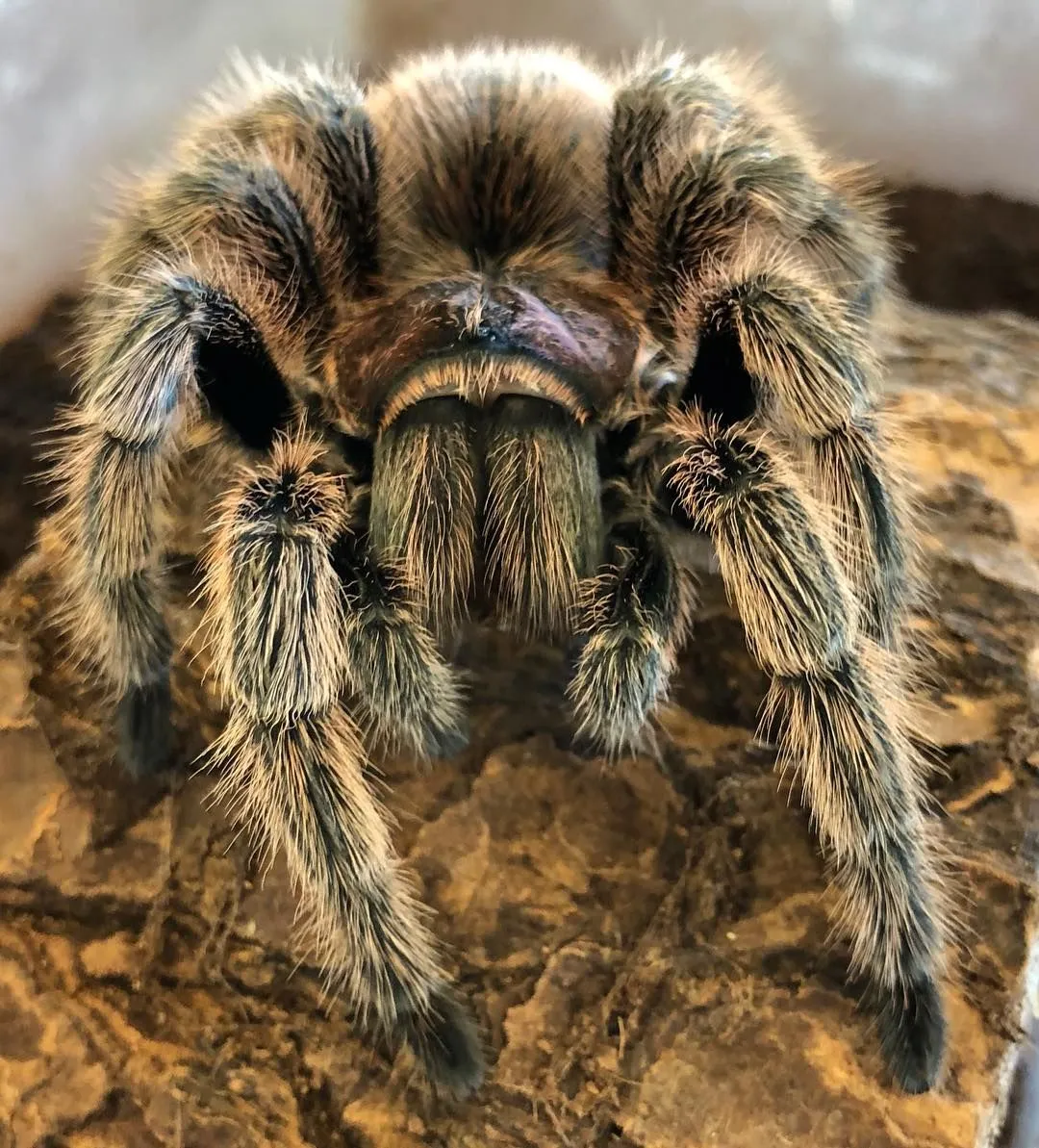
Creating the ideal environment for your Rose Hair Tarantula involves more than just providing the right temperature; it requires a well-planned enclosure setup. This setup should include appropriate substrate, hiding places, and a reliable heating system. The enclosure should be large enough for the tarantula to move around comfortably but not so large that it’s difficult to maintain the correct temperature gradient. Proper setup ensures the temperature is distributed evenly and that the tarantula can regulate its body temperature effectively. It’s important to consider all factors, including the enclosure’s location within your home, to ensure the environment is conducive to your tarantula’s well-being. This setup forms the foundation of a healthy and thriving habitat.
Heating Methods for Tarantula Enclosures
Several heating methods can be used to maintain the desired temperature in a Rose Hair Tarantula’s enclosure. Choosing the right method depends on your specific needs and the type of enclosure you have. The goal is to provide a consistent and safe heat source without causing overheating. Each method has its advantages and disadvantages, so careful consideration is necessary. Whether you choose heating pads, heat lamps, or a combination of methods, ensure they are properly installed and monitored. The safety of your tarantula should always be your top priority.
Heating Pads
Heating pads are a popular and effective method for heating tarantula enclosures. These pads are placed on the side or the back of the enclosure, providing a gentle and consistent heat source. The warmth radiates through the substrate, creating a temperature gradient within the enclosure, allowing the tarantula to choose its preferred temperature zone. Always use a thermostat to regulate the heating pad and prevent overheating. Ensure the heating pad is specifically designed for reptile or tarantula enclosures. The correct use of a heating pad is essential for your tarantula’s comfort and health. Proper placement and monitoring are key to ensure their effectiveness and safety.
Heat Lamps

Heat lamps are another option for heating Rose Hair Tarantula enclosures, particularly for larger enclosures or those in cooler environments. Heat lamps typically provide a focused heat source, and it’s crucial to ensure the tarantula cannot get too close to the bulb to prevent burns. The use of a ceramic heat emitter is preferable to a light-emitting bulb, as the light can disrupt the tarantula’s day-night cycle. When using a heat lamp, it is also important to use a thermostat to prevent overheating and to monitor the temperature regularly. Proper distance and wattage of the heat lamp should be taken into consideration to prevent overheating. Additionally, the enclosure should have sufficient ventilation.
Placement and Safety
The placement of heating equipment is critical for both effectiveness and safety. Never place a heating pad directly under the enclosure; instead, position it on the side or back. This prevents the heat from building up excessively. If using a heat lamp, make sure it is positioned so the tarantula cannot come into direct contact with it and use a protective cover if needed. Always use a thermostat to regulate the heat output and prevent overheating. Regularly inspect the equipment for any signs of damage or malfunction. Careful attention to placement and safety will contribute to a safe and comfortable environment for your Rose Hair Tarantula.
Monitoring and Maintaining Temperature
Maintaining the correct temperature for your Rose Hair Tarantula is an ongoing process that requires regular monitoring and adjustments. Consistent monitoring ensures that the temperature stays within the optimal range, preventing any potential health issues. The use of reliable equipment and a proactive approach to temperature control will help provide a stable and healthy environment. This section will cover the essential steps for monitoring and maintaining the correct temperature, promoting the overall well-being of your pet. This is an important part of your tarantula care routine and contributes to a long and healthy life for your spider.
Using a Thermometer
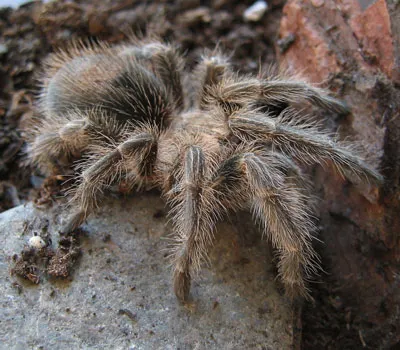
A reliable thermometer is essential for monitoring the temperature in your tarantula’s enclosure. Digital thermometers with a probe are recommended, as they provide accurate readings and allow you to measure the temperature in different areas of the enclosure. Place the probe in a location that represents the general temperature of the enclosure, away from direct heat sources. Check the thermometer reading daily and record any fluctuations. This will help you to identify any issues with your heating system and make necessary adjustments. Regularly calibrating your thermometer is also recommended to ensure accurate readings. Consistent monitoring allows you to maintain a stable and comfortable environment for your tarantula.
Adjusting the Temperature
If the temperature in your Rose Hair Tarantula’s enclosure is not within the recommended range, you will need to make adjustments. If the temperature is too low, you might need to increase the wattage of your heating source or move the enclosure to a warmer location. If it is too high, you may need to reduce the wattage, increase ventilation, or move the enclosure to a cooler area. Always make gradual adjustments to avoid sudden changes in temperature, which can stress your tarantula. Regularly check the temperature after making adjustments to ensure it is stable and within the ideal range. Proper adjustment ensures that your tarantula has the perfect environment.
Common Mistakes in Temperature Management
Even experienced tarantula keepers can make mistakes in temperature management. Recognizing and avoiding these common errors is key to providing a healthy environment for your Rose Hair Tarantula. Failing to maintain the correct temperature can lead to health issues, reduced activity, and other complications. By learning from common mistakes, you can improve your care practices and provide the best possible conditions for your tarantula. The following section will focus on the errors most commonly encountered, enabling you to improve the overall health of your pet.
Ignoring Temperature Fluctuations
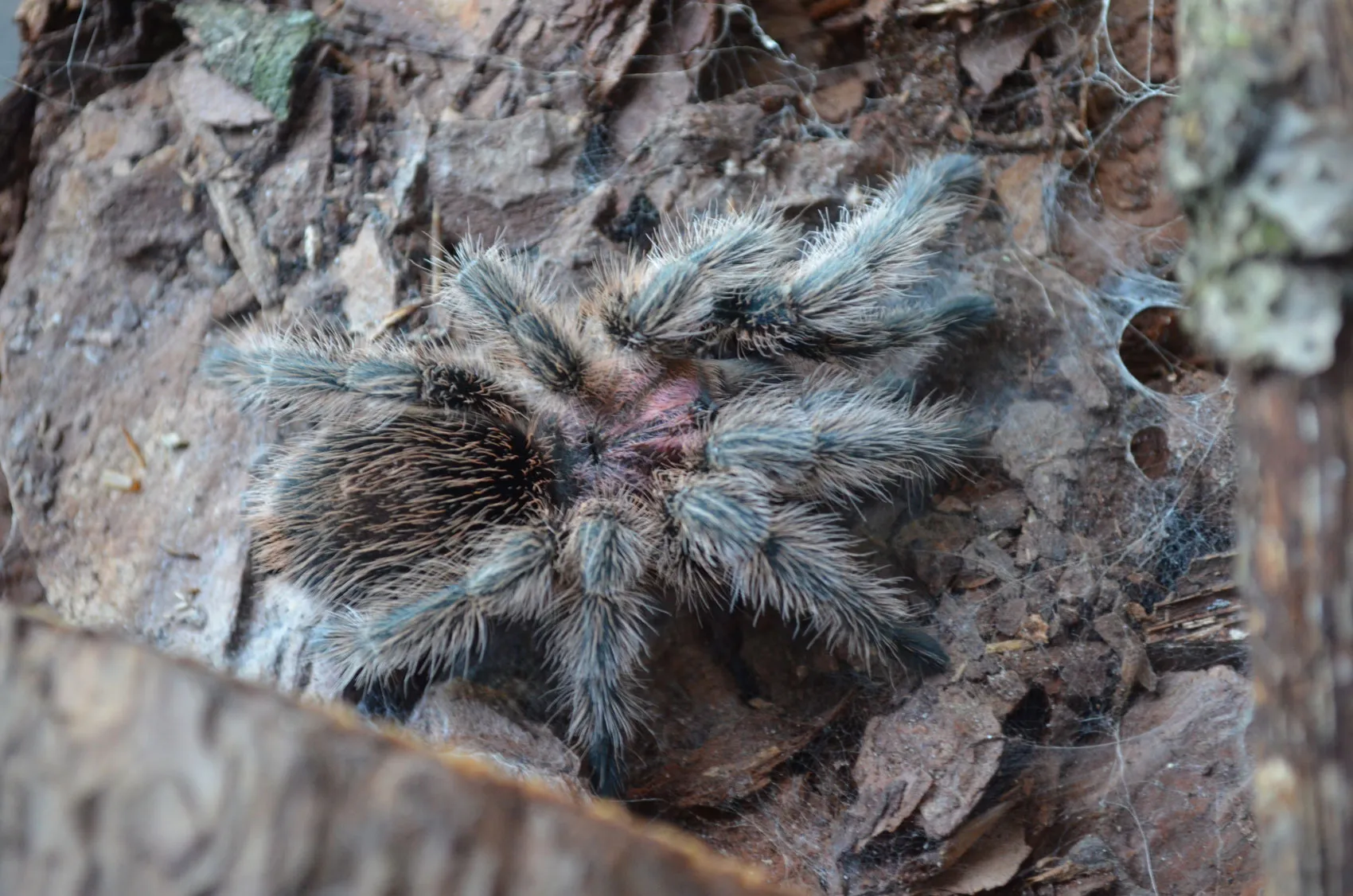
One of the most common mistakes is ignoring temperature fluctuations. Even small changes in temperature can affect your tarantula’s health and behavior. Regularly monitor the temperature to ensure it remains within the ideal range. Pay attention to the time of day, the season, and the location of the enclosure. Be prepared to make adjustments as needed to maintain a stable environment. Ignoring temperature fluctuations can lead to stress, reduced appetite, and other health issues. Consistent monitoring and prompt action are crucial for preventing these problems and maintaining your tarantula’s health.
Using Incorrect Heating Equipment
Using the wrong heating equipment or improper setup can also be a mistake. Using a heating pad that is too powerful, or a heat lamp that is not properly shielded, can lead to overheating and burns. Ensure that all heating equipment is specifically designed for reptiles or tarantulas. Always use a thermostat to regulate the temperature. Read and follow the manufacturer’s instructions carefully. Choose equipment appropriate for the size of the enclosure and the specific needs of your tarantula. Using the correct equipment and following the proper setup guidelines is essential for creating a safe and comfortable environment.
Signs of Temperature Stress in Rose Hair Tarantulas
Recognizing the signs of temperature stress is crucial for prompt intervention and ensuring your Rose Hair Tarantula’s health. Several behaviors and physical changes can indicate that the tarantula is not comfortable with its current environment. Understanding these signs allows you to take corrective measures before the condition worsens. Being aware of the signs of stress enables you to quickly adjust the environment and ensure a safe and comfortable environment for your pet. Addressing these signs promptly is important for the tarantula’s well-being.
Lethargy and Loss of Appetite
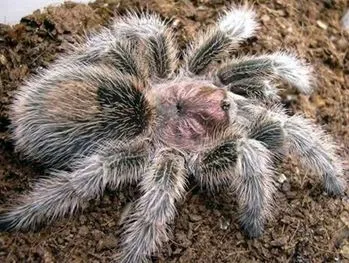
One of the most common signs of temperature stress is lethargy and loss of appetite. If your Rose Hair Tarantula is not as active as usual and is not eating, the temperature may be too low. A tarantula that is too cold will have a slowed metabolism, making it less likely to hunt or eat. If you notice this behavior, check the temperature and make sure it is within the recommended range. Provide the tarantula with the necessary comfort and adjust the environment to meet its needs. These behavioral cues are early warnings of a potential health issue, so always monitor your tarantula’s habits and act accordingly.
Abnormal Molting
Temperature fluctuations can also affect the molting process of your Rose Hair Tarantula. Extreme temperatures can make it more difficult for the tarantula to molt successfully. This can lead to a retained molt, which is a potentially serious condition. If you notice that your tarantula is having difficulty molting or has an incomplete molt, check the temperature immediately. Make sure the temperature is within the recommended range and that the humidity is also appropriate. A healthy environment is crucial for a successful molt. Any issues should be addressed immediately to ensure the well-being of your tarantula.
Preventive Measures and Best Practices
Taking preventive measures and following best practices are essential for providing the best possible care for your Rose Hair Tarantula. These measures will help you maintain a stable and healthy environment and avoid many potential problems. Implementing these strategies will help you keep your pet comfortable and happy. Preventive care is an investment in the long-term health and well-being of your tarantula. It shows that you care about providing the most comfortable living environment for your pet. Consistent attention will allow you to catch any changes early and manage them effectively.
Here are some key recommendations to ensure optimal temperature control
- Always monitor the temperature with a reliable thermometer.
- Use a thermostat to regulate the heating equipment.
- Avoid placing the enclosure in direct sunlight or near drafts.
- Make adjustments to the heating system as needed, based on the season and your home environment.
- Regularly inspect heating equipment for any damage or malfunction.
- Provide a varied environment, including areas with different temperature gradients.
- Keep a record of temperature readings to track any fluctuations.
- Consult with a veterinarian or experienced tarantula keeper if you have any concerns.
By following these guidelines, you can ensure that your Rose Hair Tarantula lives a long, healthy, and fulfilling life.
